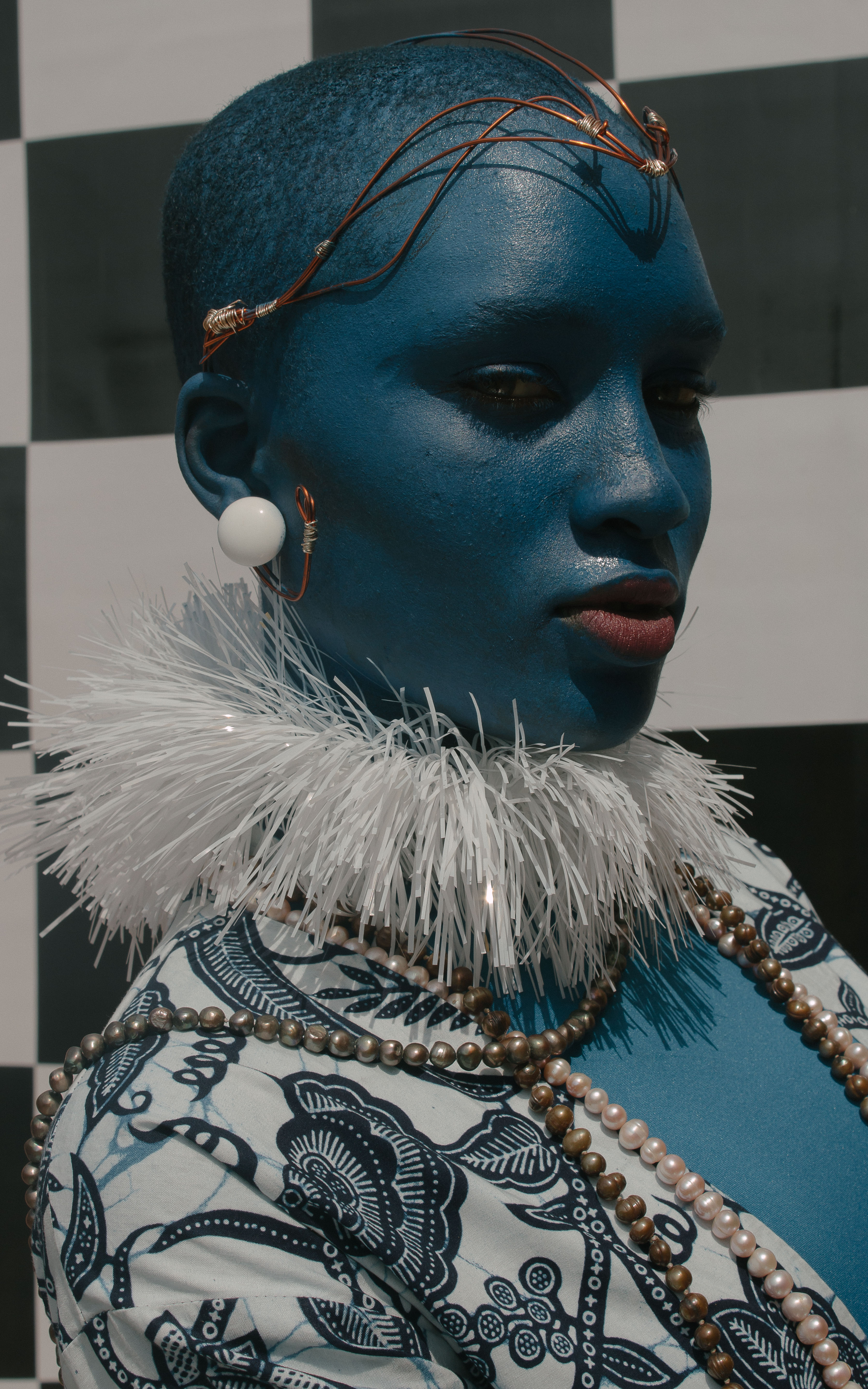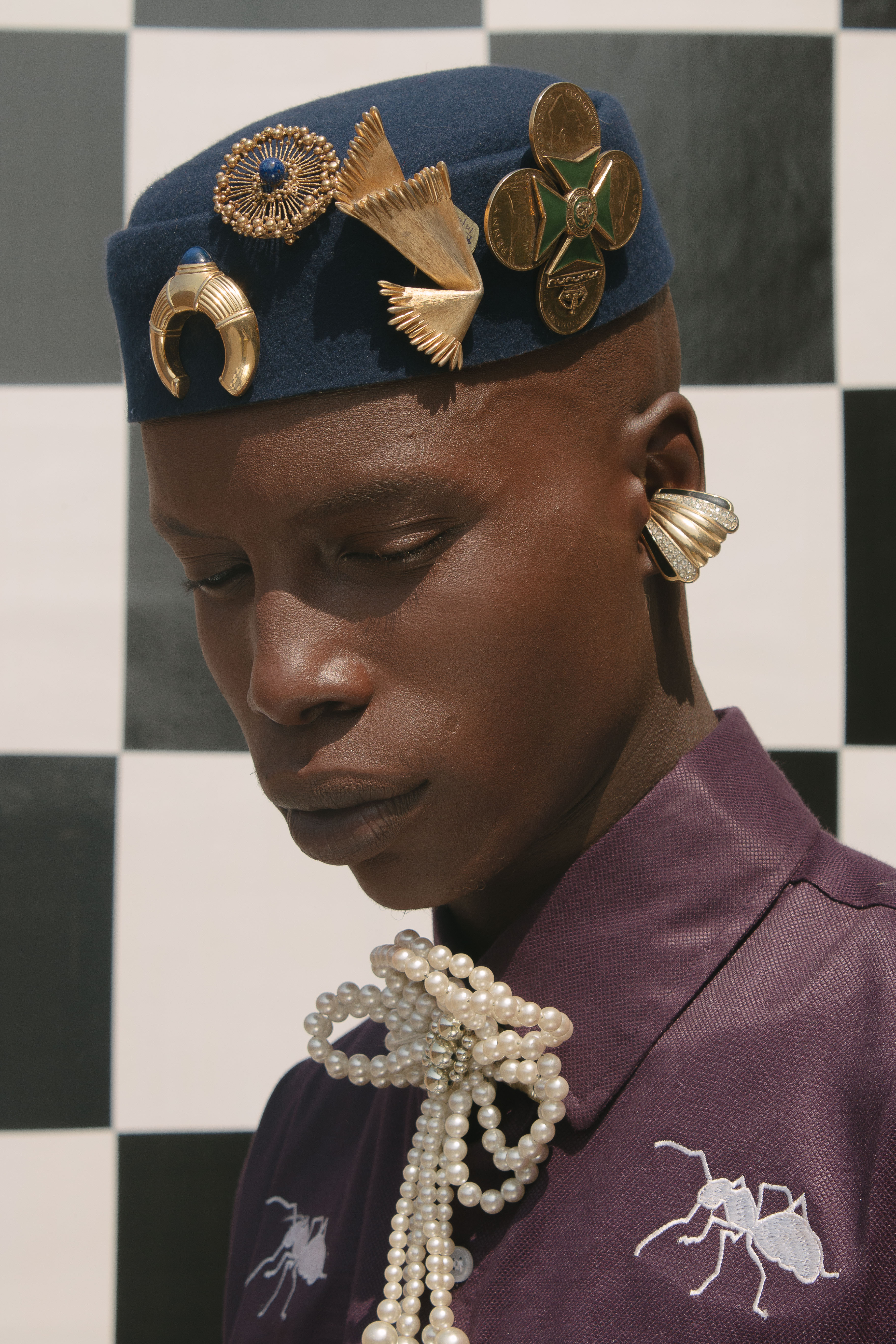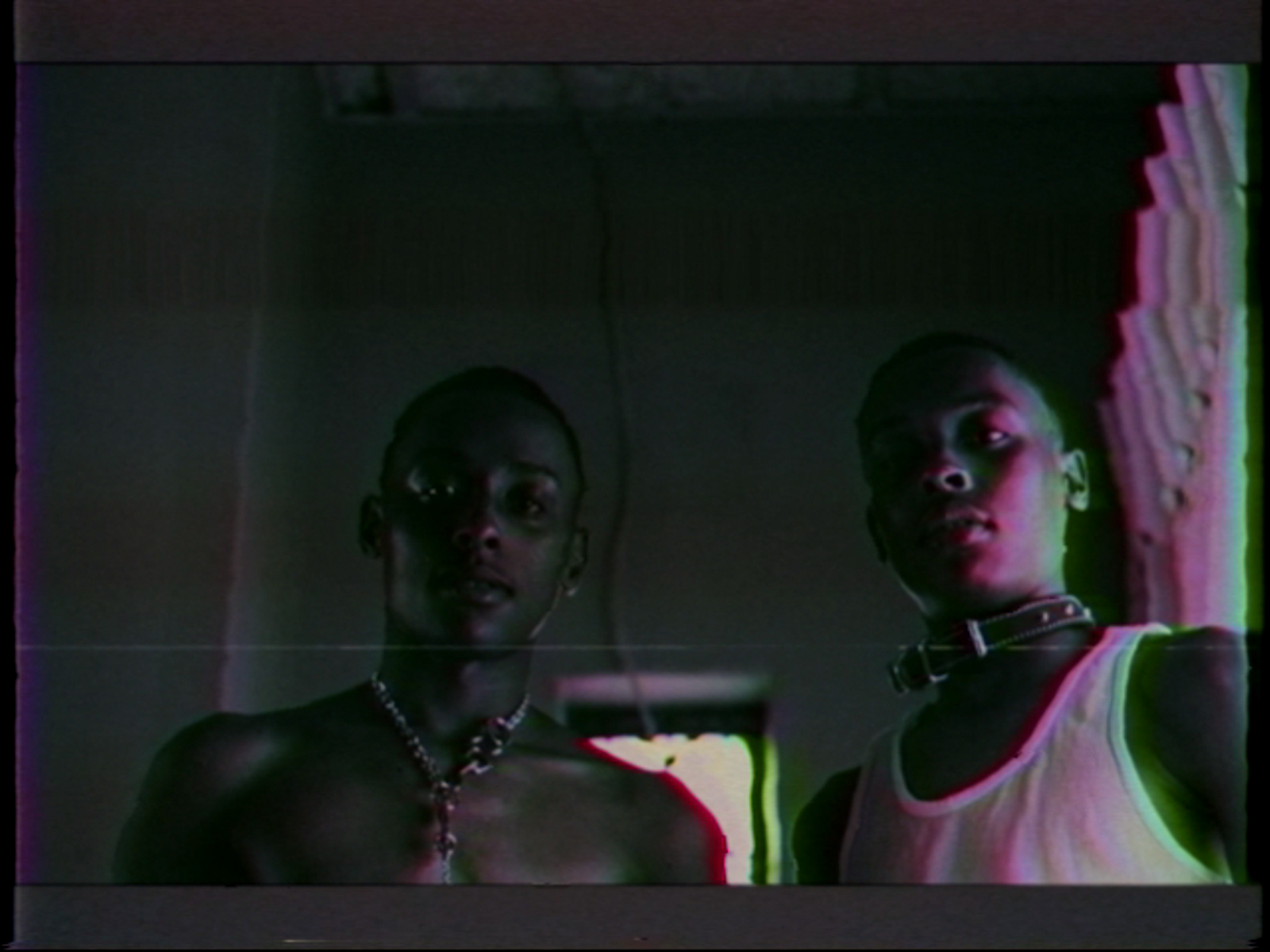Lubabetu Abubakar aka Lubee Abubakar studied law, but has been making the transition to a full-time photographer and art director. With a focus on fashion, she illuminates the people she photographs with her delicate approach to capturing each image. She has been presented as one of the photographers bringing attention to her home country, Nigeria, with her participation in the 2017 LagosPhoto Festival.
With her transition to a full-time creative practice Abubakar allows herself to experiment while finding a way to create a signature in her imagery. She plays with colour in bold, and sometimes subtle ways, forming a visual language that draws the viewer in and engenders a curiosity around the people in her photographs. The models in her images often have an intense engagement with the camera, looking directly and confidently at the viewer. However, Abubakar softens this intensity, making their stares come across more inviting than intimidating.
One of Abubakar’s more personal projects, a series titled ‘Ojoro‘, explores themes related to womanhood and welcoming a woman into adulthood. This series is accompanied by a text that intimately expresses what a woman feels when on her period. The connection between the images and text shares with audiences an honesty and rawness that provokes emotive responses.
The presentation of her work online appears as a puzzle, with each photograph and gif on her home page pointing to different aspects of her work. Viewers can see commercial work alongside images that take on a more documentary style, showing a diversity of work.
Check out Abubakar website to keep up with her work.











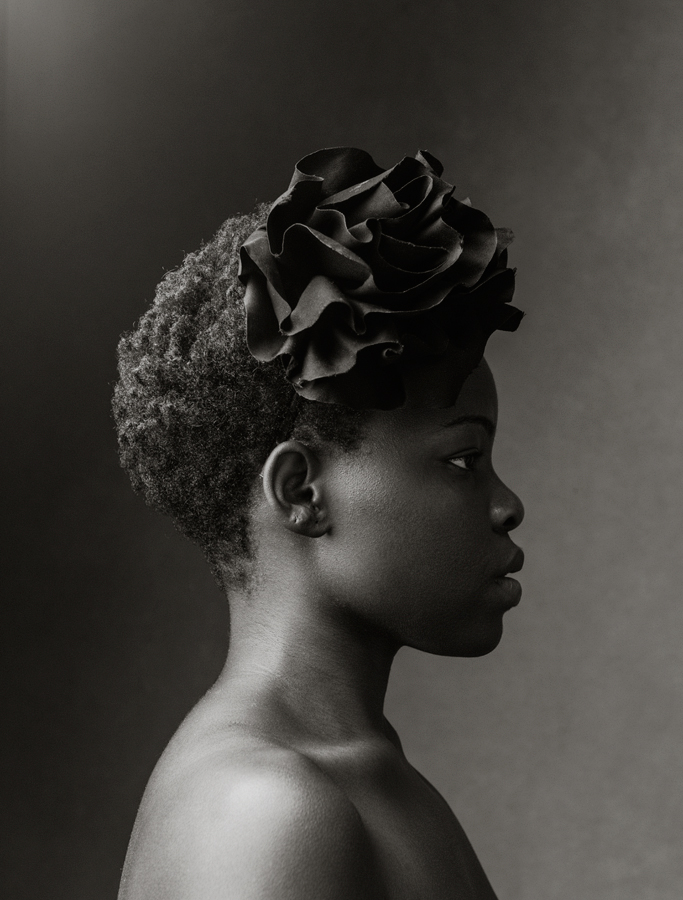
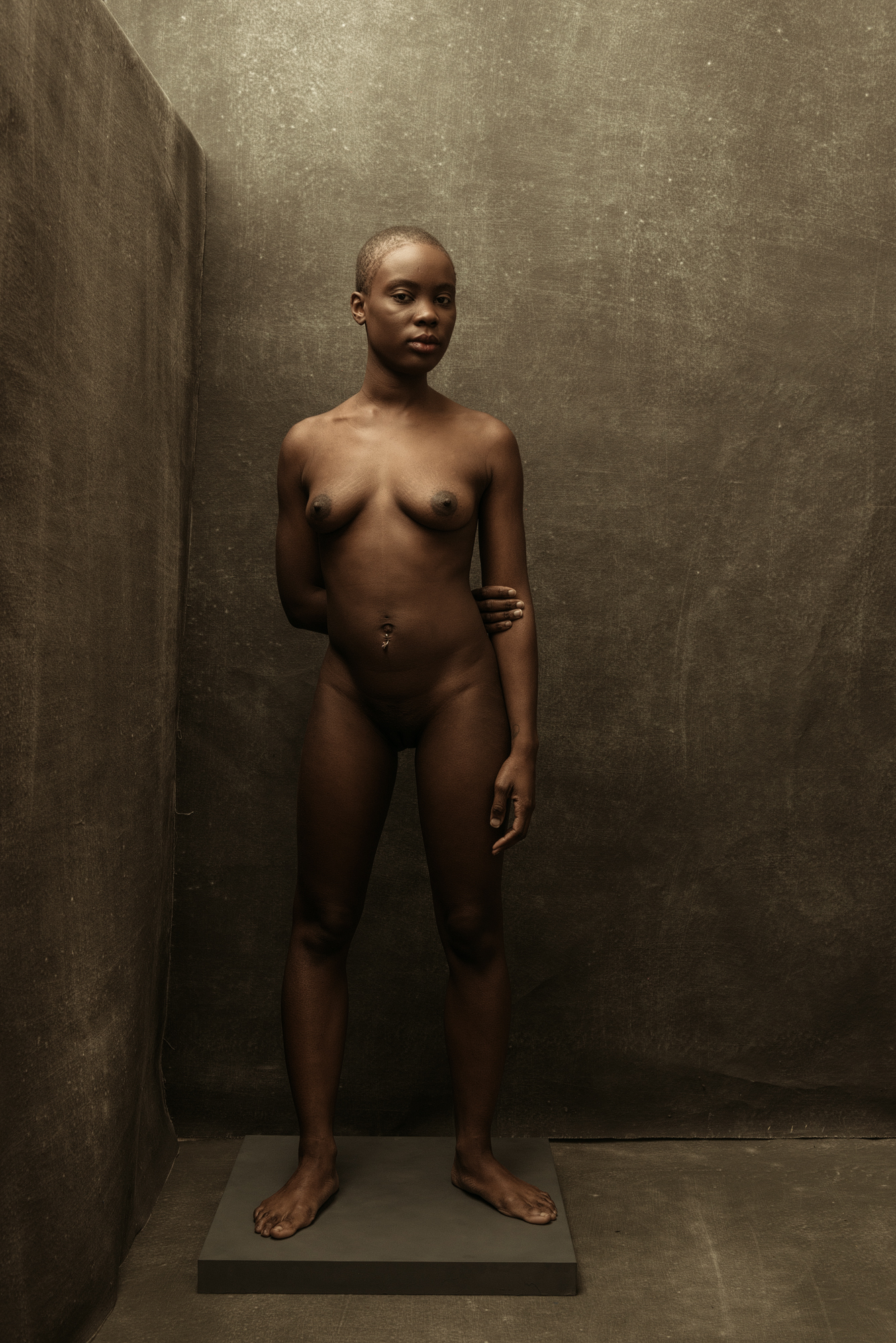

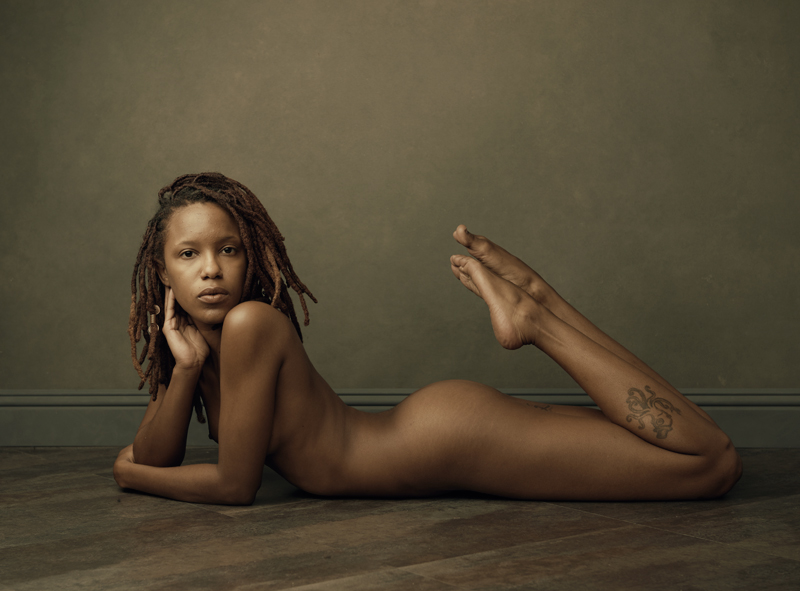










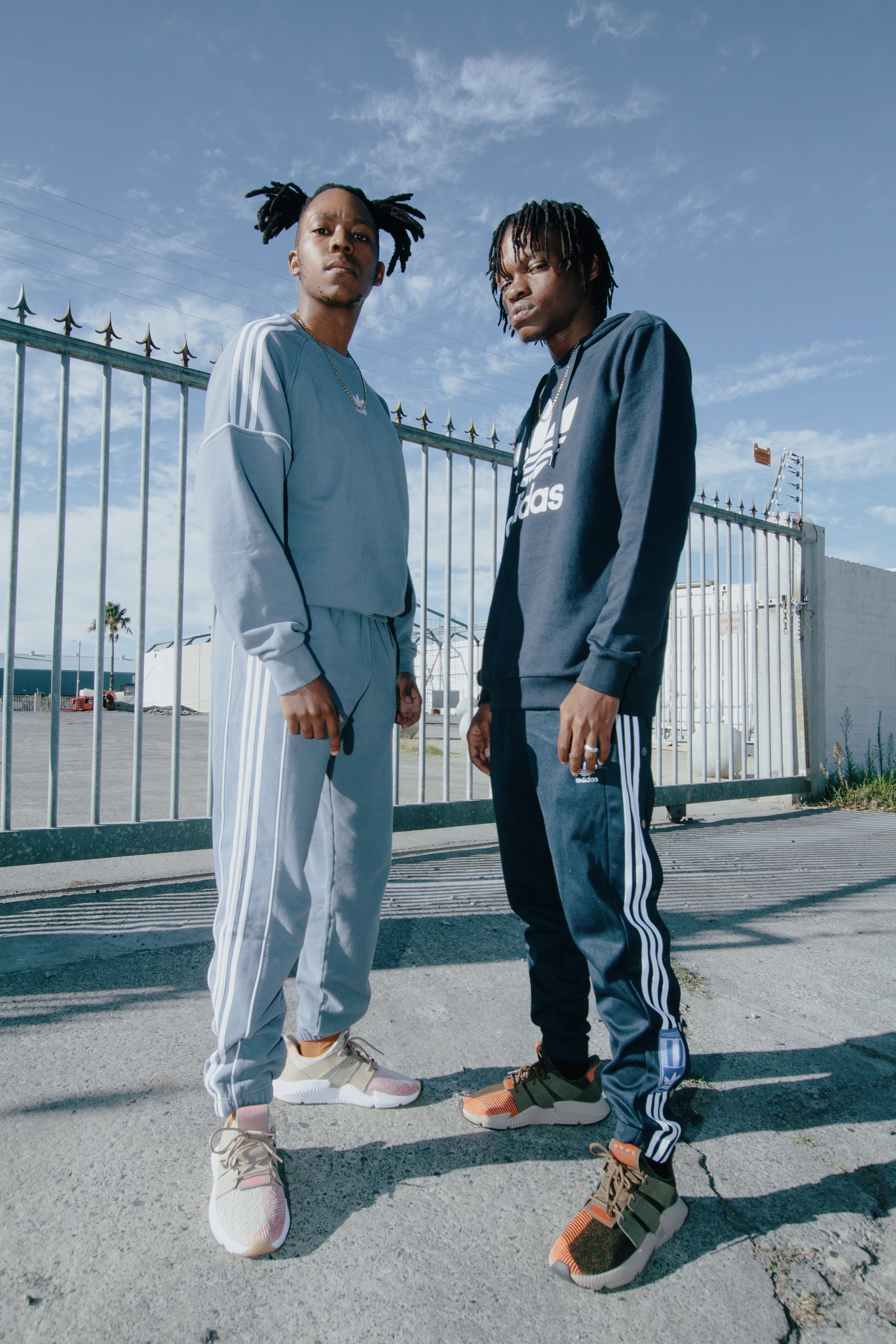


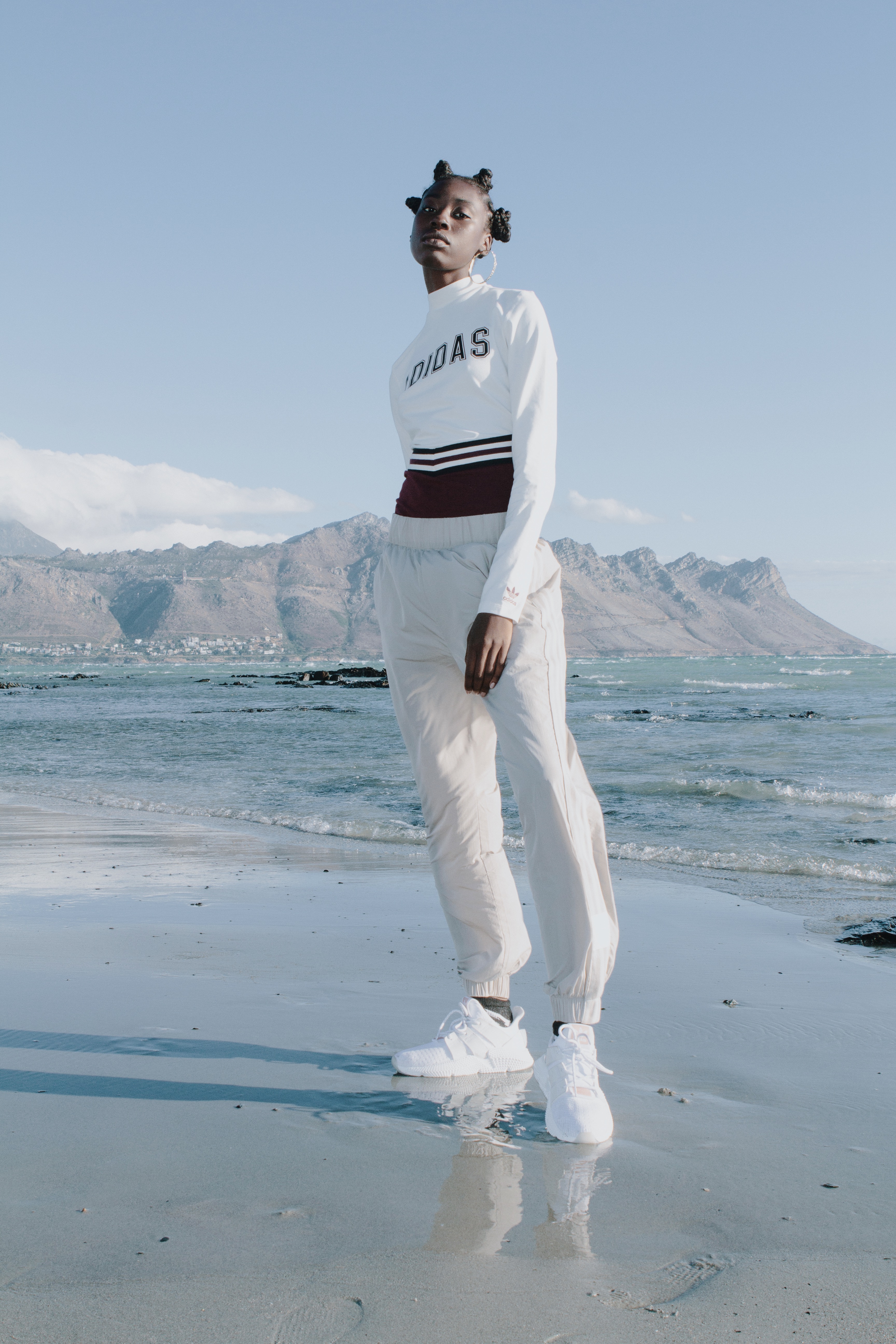








 Obasi’s work takes the form of a gestural film as there is no audible dialogue and yet, the gestures and narrative are well woven together so that the simple storyline cannot be construed as one of haphazard play (every scene has been well thought out). A theme that is carried throughout the film is that of fashion. We see the male character played by
Obasi’s work takes the form of a gestural film as there is no audible dialogue and yet, the gestures and narrative are well woven together so that the simple storyline cannot be construed as one of haphazard play (every scene has been well thought out). A theme that is carried throughout the film is that of fashion. We see the male character played by  A scene lingers in a dark room with red light and as we see the last of the alien’s stay the lighting takes on a blue, extra-terrestrial statement. The darkroom where the male character develops his images of the fashion shoot act as a possible signifier towards an act of creating a physical object – a proof of what had transpired – an alien visiting Lagos. Obasi ends off his piece with the alien in the same setting she was originally found and the viewer assumes that it is the last that will be seen or heard from the alien. The upbeat soundtrack that flows through the piece assists in making this film light-hearted and the viewer does not perceive her voyage home as one that should be taken in with sadness.
A scene lingers in a dark room with red light and as we see the last of the alien’s stay the lighting takes on a blue, extra-terrestrial statement. The darkroom where the male character develops his images of the fashion shoot act as a possible signifier towards an act of creating a physical object – a proof of what had transpired – an alien visiting Lagos. Obasi ends off his piece with the alien in the same setting she was originally found and the viewer assumes that it is the last that will be seen or heard from the alien. The upbeat soundtrack that flows through the piece assists in making this film light-hearted and the viewer does not perceive her voyage home as one that should be taken in with sadness. Obasi’s contemporary Afro Futurist film is vibrant and celebrates Nigerian culture as well as focuses on African fashion and the energy that it carries. His considerations of the colour of lighting and the possible symbolism connected, adds another layer to this work. His ability to keep a concise narrative throughout the film despite having no audible dialogue verges on brilliance. I look forward to his next offering.
Obasi’s contemporary Afro Futurist film is vibrant and celebrates Nigerian culture as well as focuses on African fashion and the energy that it carries. His considerations of the colour of lighting and the possible symbolism connected, adds another layer to this work. His ability to keep a concise narrative throughout the film despite having no audible dialogue verges on brilliance. I look forward to his next offering.

